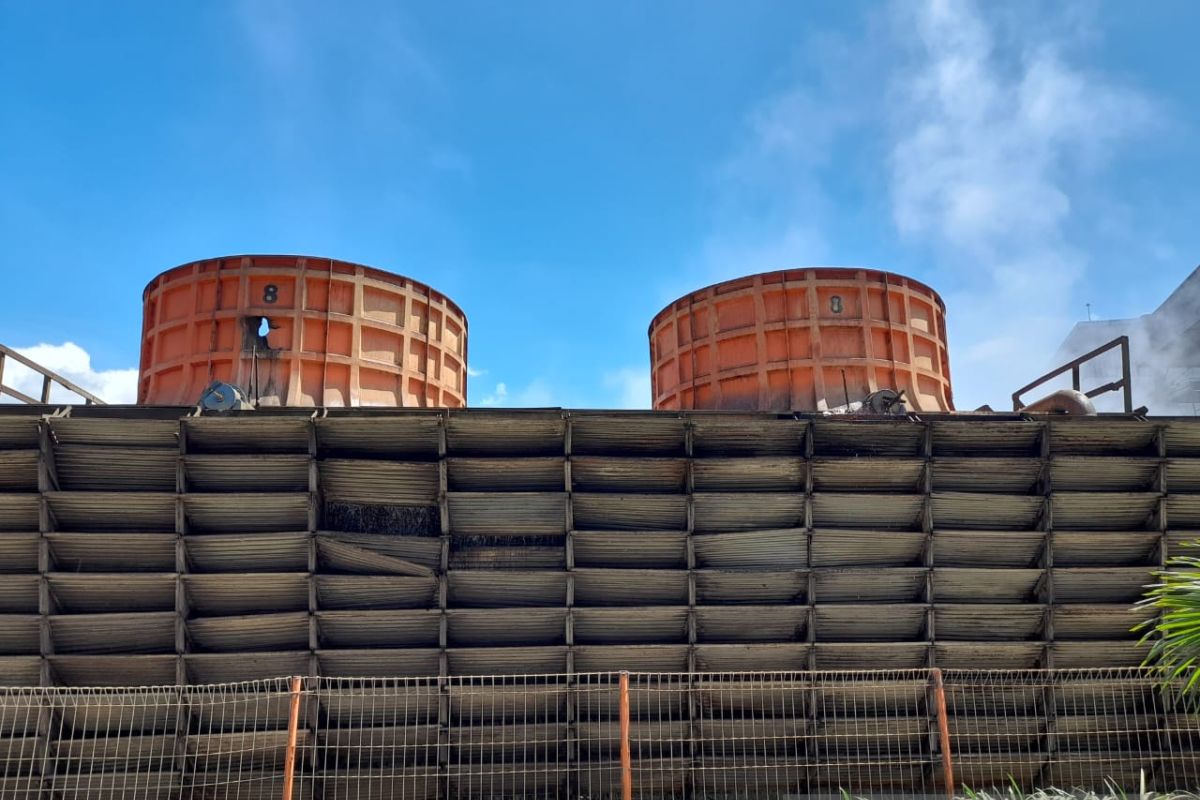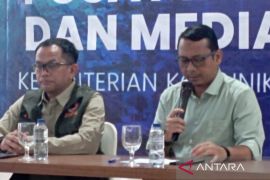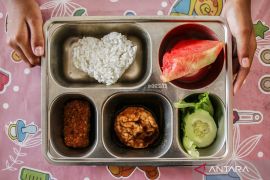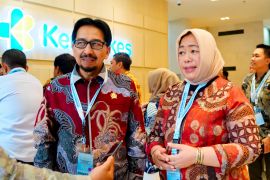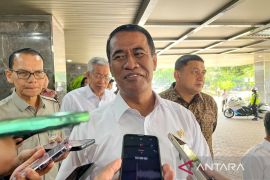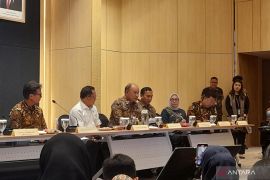To meet the need for sugar consumption, Indonesia, with a population of over 270 million people, has a deficit of up to 850 thousand tons of the commodity per year.
Meeting the sugar needs for household and industrial consumption, which reaches 3.2 million tons per year, is replete with challenges, though continuous efforts and solutions must be pursued to help the country slash its dependence on sugar imports.
The Indonesian government, through the National Food Agency (NFA), in collaboration with sugar factories, both state-owned and private, continue to work together to find solutions in breaking the sugar import chain and to meet domestic needs through food self-sufficiency, especially sugar.
Achieving self-sufficiency in sugar, including in other food commodities, such as rice and soybeans, is well within reach, especially if all related stakeholders are willing to work together for achieving national food security.
Related news: President instructs officials to rev up national sugar production
Related news: Sea toll facilitates equitable sugar distribution in NTT: Ministry
One of the efforts made by the government and sugar factories is to increase sugar production to meet national needs that, so far, still rely on sugar supplies from abroad.
It is impossible to rely on the raw material, sugarcane, with the existing planting areas, to meet the national demand for sugar that reaches 3.2 million tons per year. In order to meet the national demand for sugar and to also become a country that is self-sufficient in sugar, the government needs to open another 700 thousand hectares for sugarcane plantations.
However, the plantation location of 700 thousand hectares to support the supply of sugar raw materials is still under study. The government has yet to determine the area to be in Java Island or in other islands.
Regarding the funding, the government is still calculating the budget, including the source of funding. The government might consider mixed funding through domestic investment (PMDN) and credit from banks. However, funding is prioritized from state-owned sugar factories.
To accelerate efforts to ensure the provision of sugarcane land area and achieve self-sufficiency in sugar, state-owned enterprise food holding, ID FOOD, along with several other state-owned companies also collaborated to form a similar agricultural ecosystem, with farmers, as partners, through the Makmur Program in Malang District, East Java.
Farmers in the Makmur Program receive assistance and support for fertilizers, pesticides, funding, and insurance from several state-owned companies. This effort aims to increase the productivity of sugarcane farmers.
The Makmur Program is believed to increase the productivity of several commodities, including sugarcane, in Malang District. Currently, the potential for sugarcane land in Malang District reaches around 40 thousand hectares that supply raw materials for the area's two sugar factories: PG Kebon Agung and PG Krebet Baru.
In addition to expanding the sugarcane plantation area to 700 thousand hectares, the effort also needs regulatory support in the form of a presidential regulation. To support the issuance of the presidential regulation, the NFA is currently preparing the regulation under the coordination of the coordinating minister for economic affairs.
The presidential regulation is deemed crucial to emphasize the target for self-sufficiency in sugar production by 2025. The NFA is also committed to strengthening the national sugar industry by building national sugar governance through appropriate regulations and collaboration with associations and business owners.
Through Presidential Decree Number 66 of 2021, NFA has the authority to formulate and determine policies, such as by stabilizing food prices and distribution, determining the need for food exports and imports, the amount of government food reserves, and government purchase prices.
This authority has become NFA’s key to play an active role in improving national sugar governance in line through a solid upstream-downstream integration pattern. One of the ways is by formulating a policy for determining the reference price for sales and purchase (HAP) at the farmers' level.
The adequate selling price of sugar at the farmers' level can motivate the farming community to continue to grow sugarcane in a bid to maintain the supply of raw materials. Without adequate supply of raw materials, factories cannot operate optimally, thereby resulting in low productivity and inefficiency.
Currently, the purchase price of white crystal sugar at the farmers' level is Rp11,500 per kilogram. The determination is based on a joint decision between NFA and the Ministry of Trade through Circular Number 6 of 2022. The reference price for selling packaged sugar is Rp13,500 per kilogram, while the selling price of packaged sugar is Rp13,500 per kilogram. The reference price for packaged sugar sales in Eastern Indonesia is Rp14,500 per kilogram.
Improving national sugar governance must be accompanied with support and collaboration of various stakeholders, especially association groups. For sugar commodities, the Indonesian Sugar Association (AGI) is a strategic partner in providing policy inputs related to national sugar.
AGI and the NFA can collaborate as a liaison between stakeholders to formulate solutions for bringing about improvements in the national sugar industry, starting from the formulation of reference prices to on-farm and off-farm improvements.
If Indonesia succeeds in achieving sugar self-sufficiency in 2025, with surplus stocks of sugar, the NFA may be able to export domestic sugar to foreign countries.
In addition, NFA could cooperate with an off-taker agency to absorb national sugar if the supply exceeds total consumption. Most importantly, self-sufficiency in sugar is important amid the threat of a global food crisis.
Related news: Gov't supplies sugar, cooking oil to eastern Indonesia via sea toll
Related news: PTPN V disburses 12-ton cheap cooking oil, sugar in Riau
Copyright © ANTARA 2022
